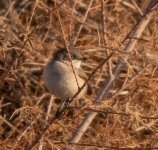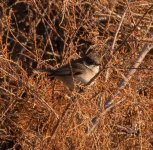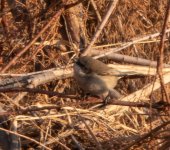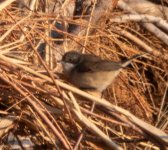Hi! Can you please help me identify this bird? I recorded it in 06/01/2021 in a village around Tehran(Iran), located in the south, an area with a dry climate.
-
Welcome to BirdForum, the internet's largest birding community with thousands of members from all over the world. The forums are dedicated to wild birds, birding, binoculars and equipment and all that goes with it.
Please register for an account to take part in the discussions in the forum, post your pictures in the gallery and more.
Bird identification (1 Viewer)
- Thread starter Parastooh
- Start date











